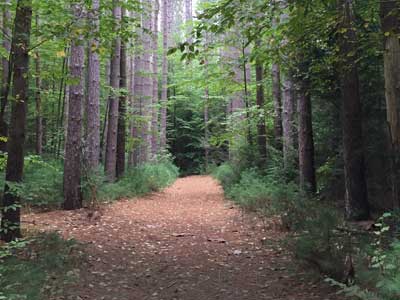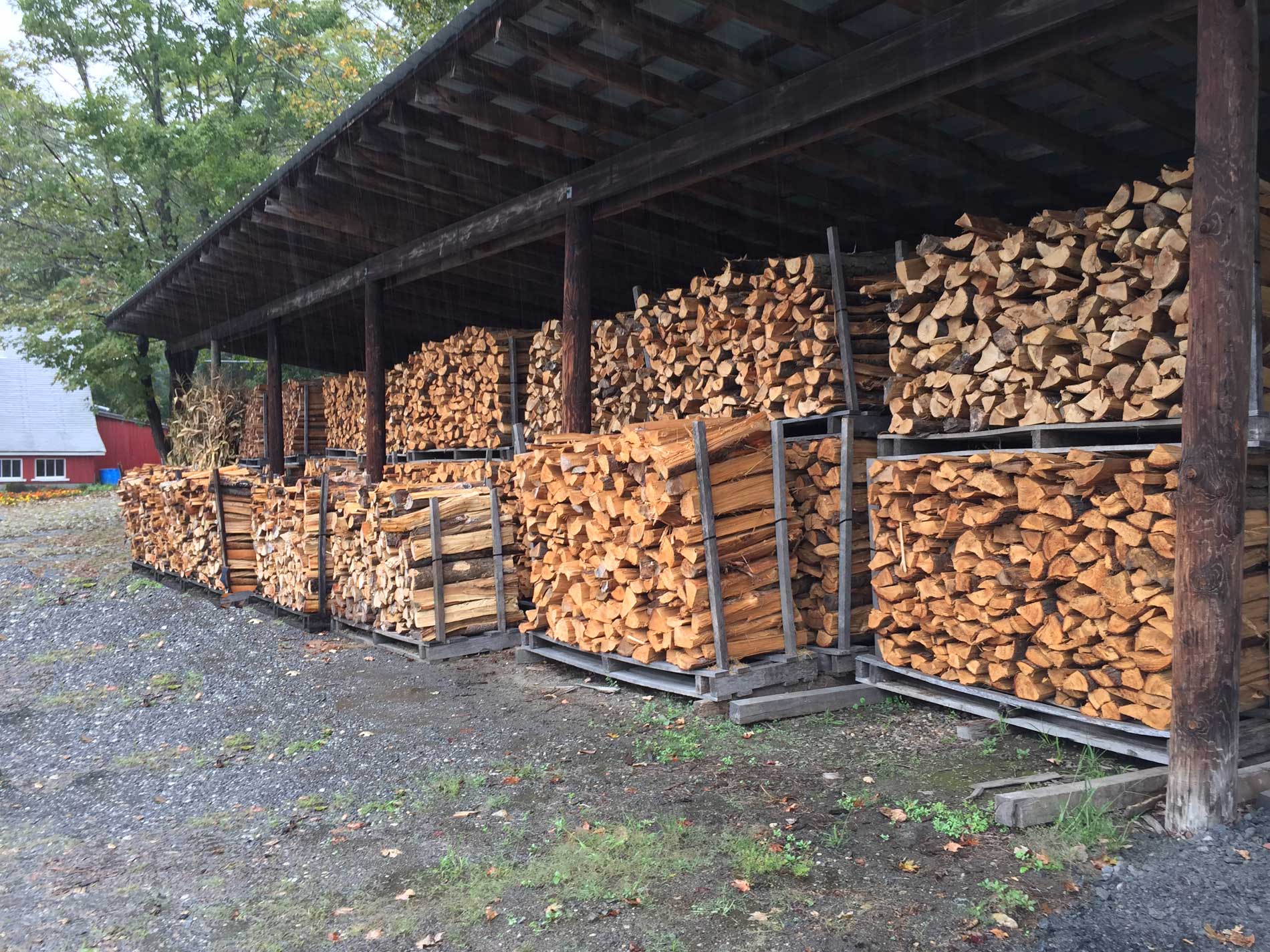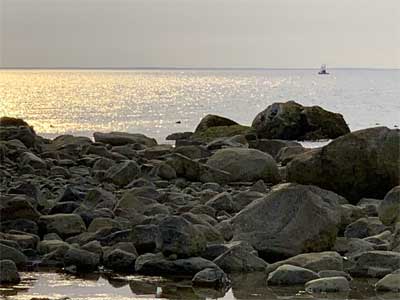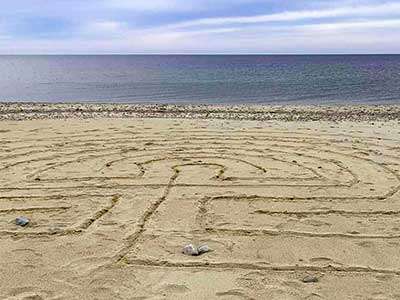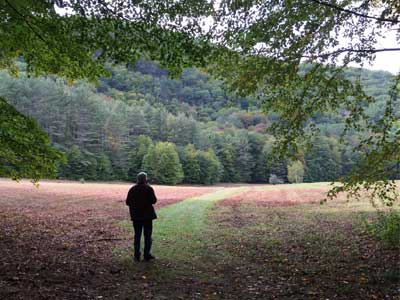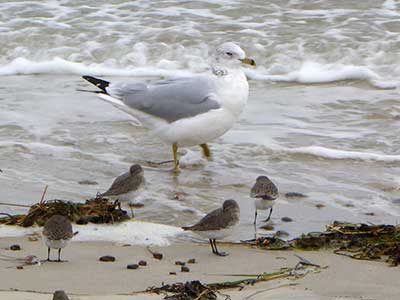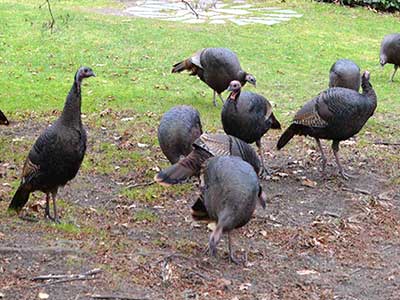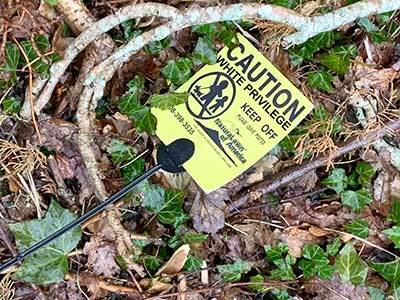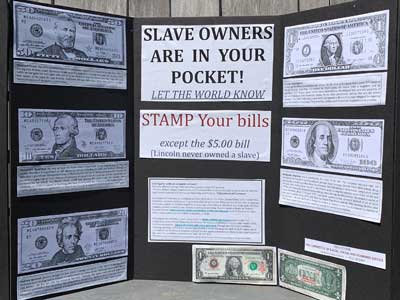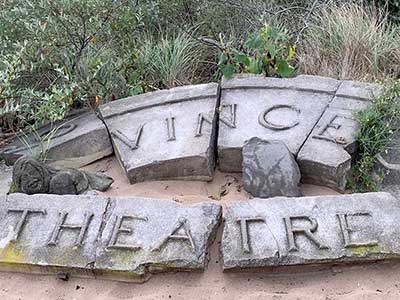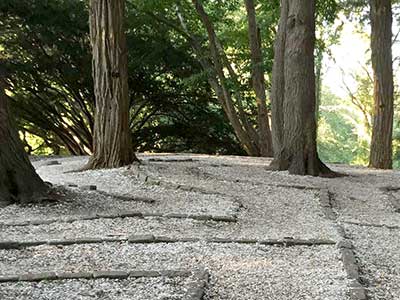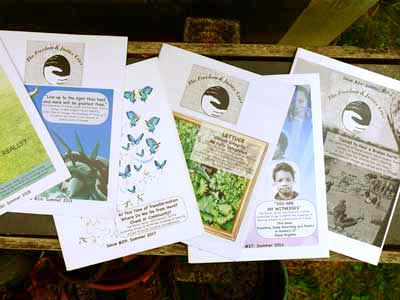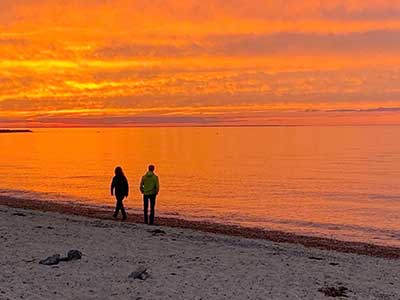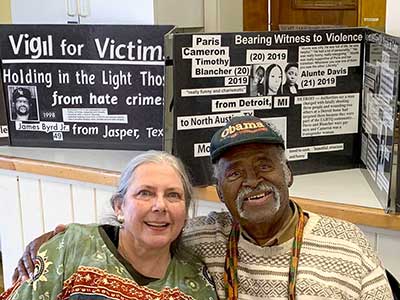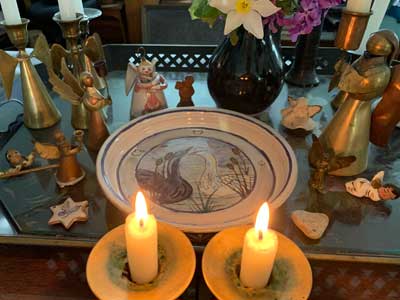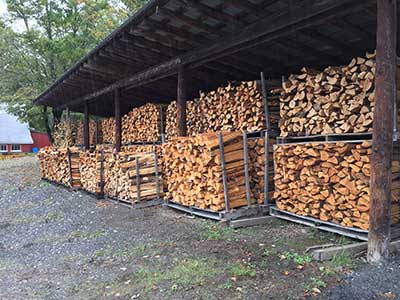by Kyle Mittan, University Communications |October 2021
Anyone who’s spent a few autumns in Tucson will know the signs of the changing season, especially the cooler temperatures and the increase in drivers on the road as snowbirds return. But the appearance of some other, more unique, symbols also mark the occasion. Calaveras, or skulls – often in the form of edible, decorative sugar skulls – and papel picado, pieces of colorful paper with intricately cut-out designs, are ubiquitous in southern Arizona come October, but what do they mean? They’re icons of Día de los Muertos, or Day of the Dead – a holiday with roots in Mexico that is now celebrated all over the world.
TAGS: [Assumptions] [2020’s] [Latino/a] [Indigenous] [Definitions] [Art & Culture]
by Visit LaGrange Georgia | Date Unknown
Horace King was born in 1807 in South Carolina. Unlike most enslaved persons, he was taught to read and write at a young age. By adulthood, he’d become a competent builder. It’s unclear how he learned the lattice truss design he used for building bridges, but it may have occurred when the lattice truss Pee Dee River Bridge was built near his home. Around 1830, King was purchased by contractor John Godwin. Godwin took King with him to build a bridge over the Chattahoochee River and the pair began working on construction projects throughout the South. In the mid-1830s, Godwin sent King to Oberlin College in Ohio, the first college to admit African Americans. Following his education, King returned to work with Godwin, building courthouses and bridges throughout Georgia and Alabama. In 1841, they rebuilt their Columbus City Bridge which had been destroyed in a flood. Godwin experienced financial difficulty in the late 1830s and transferred ownership of King to his wife and her uncle, possibly to protect King from being taken by creditors. King was permitted to marry a free woman, Frances Gould Thomas, which was a rare allowance within states practicing the enslavement of people.
TAGS: [Assumptions] [History] [Slavery] [Role Model] [Politics] [Civil War] [Systemic Racism] [Black Lives Matter]
*Paywall Alert
by Erica Chenoweth and Jeremy Pressman | October 2020
When the Department of Homeland Security released its Homeland Threat Assessment earlier this month, it emphasized that self-proclaimed white supremacist groups are the most dangerous threat to U.S. security. But the report misleadingly added that there had been “over 100 days of violence and destruction in our cities,” referring to the anti-racism uprisings of this past summer.In fact, the Black Lives Matter uprisings were remarkably nonviolent. When there was violence, very often police or counterprotesters were reportedly directing it at the protesters. Since 2017, we have been collecting data on political crowds in the United States, including the protests that surged during the summer. We have almost finished collecting data from May to June, having already documented 7,305 events in thousands of towns and cities in all 50 states and D.C., involving millions of attendees.
Because most of the missing data are from small towns and cities, we do not expect the overall proportions to change significantly once we complete the data collection.
TAGS: [Assumptions] [2020’s] [History] [Black Lives Matter] [Policing] [Systemic Racism] [Myths]
by Jourdan Bennett-Begaye, Sunnie Clahchischiligi, and Christine Trudeau | June 2021
In May of 2020, the Navajo Nation reported one of the highest per-capita COVID-19 infection rates in the United States. Since that milestone, official data reveals that the Navajo Nation has been one of the hardest-hit populations during the pandemic. The Navajo Nation boasts the largest population of any Indigenous nation in the United States, and thousands of Navajos live outside the nation, in towns along the border, cities across the country, and in other parts of the world, making it difficult to tally the virus’ impacts on Navajo citizens. It’s made worse by a labyrinthian system of local, state, federal and tribal data-reporting systems that often do not communicate with each other or share information.
TAGS: [Assumptions] [2020’s] [Health Disparities] [Indigenous] [Politics] [Myths] [Systemic Racism] [Silencing POC] [Denial]
Submitted by Roy Finkenbine | June 2021
Most stories of the Underground Railroad follow the narrative of white people helping Black people escape slavery, but overlook the involvement of Indigenous allies who often risked their own lives to help freedom seekers cross into Canada safely. Historian Roy Finkenbine is among those rewriting that history. He’s working on a book tentatively called, Freedom Seekers in Indian Country, while teaching African American history at the University of Detroit Mercy. He spoke with Falen Johnson, host of Unreserved, about his research on Indigenous involvement in the Underground Railroad, and why he feels a moral obligation to write about it. What questions are you trying to answer in your upcoming book, Freedom Seekers in Indian Country? I’m looking at how and why Native Americans helped freedom seekers. How they helped includes providing sanctuary among their communities – often to boost their populations – and in assisting people to cross the border. They shared a kinship based on a common enemy, if we can use that term, in terms of white expansionism. Many groups like the Ojibwa referred to African-Americans as cousins and brothers. Peter Jones, a [Mississauga] missionary, said, and I’m paraphrasing here, “Negroes,” as he said, “have it even worse because of the iron bands of slavery. So we have an obligation to help.”
TAGS: [Assumptions] [2020’s] [Slavery] [Indigenous] [History] [Myths] [White Culture] [White Privilege] [White Supremacy] [Systemic Racism]
by Steve QJ | April 2021
Every black person has a story about racism. It might be about a chance encounter on holiday or being denied entry to our own home. It might be about the statistically improbable rate at which we’re “randomly selected” for additional screening or those awkward moments when a poorly thought out comment backfires.
If there’s such a thing as “the black experience”, these stories are a part of its oral tradition. A collection of life lessons, clapbacks, and cautionary tales through which we celebrate our victories and vent our frustrations. They’re in-jokes that provide a sense of community and solidarity. They’re touchstones that help us to navigate a world that doesn’t always treat us as it should.
TAGS: [Assumptions] [2020’s] [Systemic Racism] [Policing] [Police Shootings] [Social Justice] [Black Lives Matter] [History]
